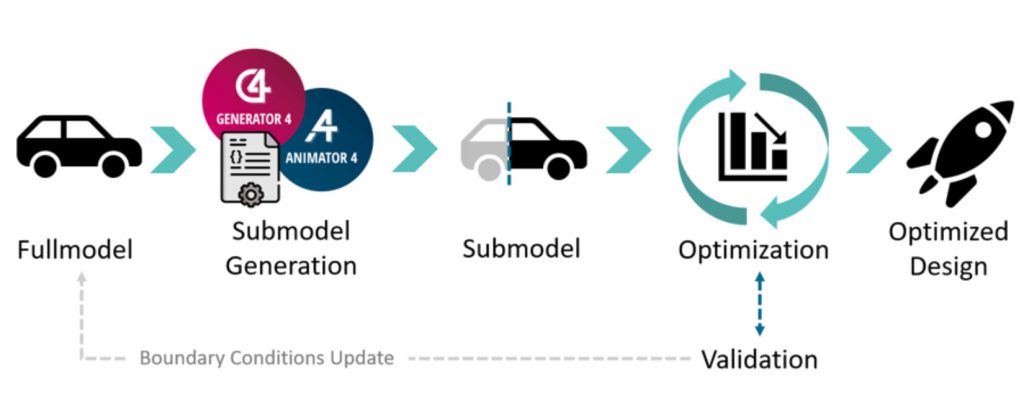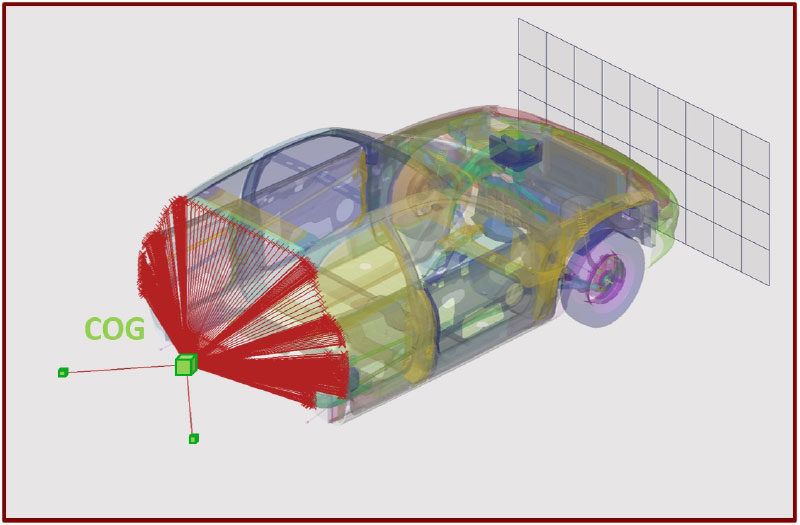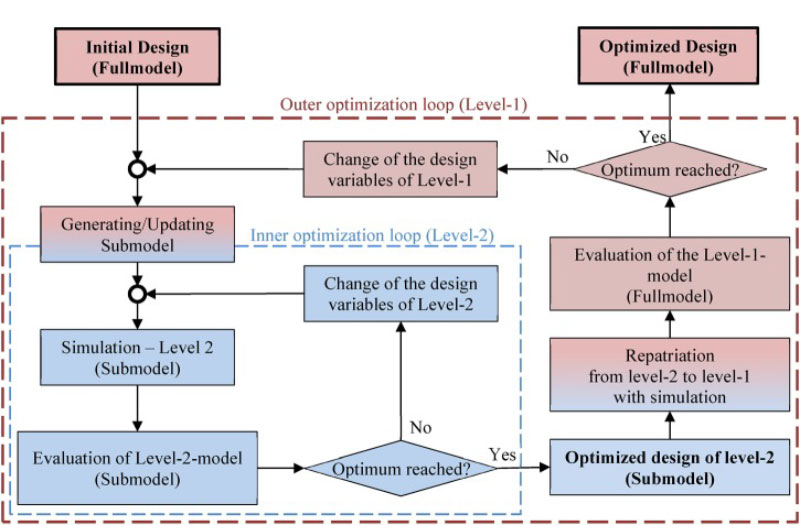EEGO
“Entwicklung von Softwaremethoden zur effizienten Ersatzmodell gestützten Optimierung für die Crashauslegung im Fahrzeugentwicklungsprozess”
Engl.:
Development of software methods for efficient substitute model-based optimization for crash design in the vehicle development process
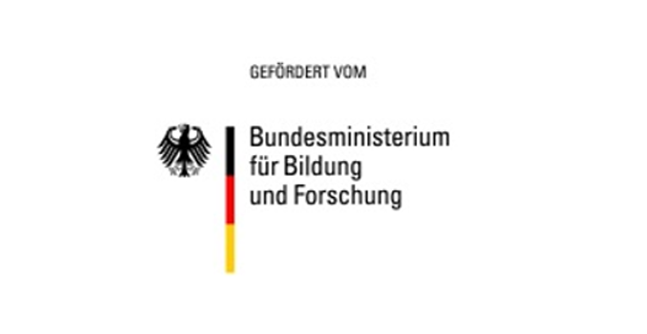
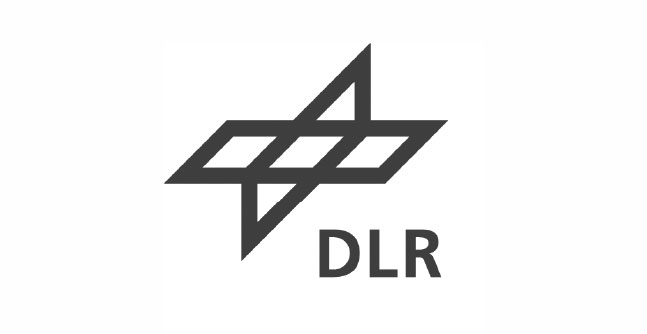
Info
- Project Term: 01.09.2014 - 31.12.2017
- Project Partner: Automotive Simulation Center Stuttgart e.V., divis intelligent solutions GmbH, SCALE GmbH, Bergische Universität Wuppertal, Technische Universität München
- Form of Funding: KMU-innovativ
- Funding Code: 01| S13025A
- Funding Body: BMBF
- Executing Organization: DLR
Project Partners
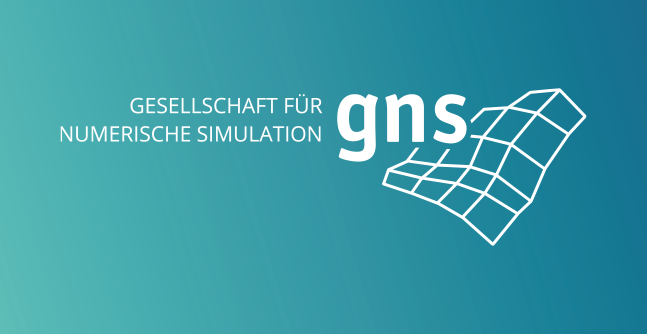
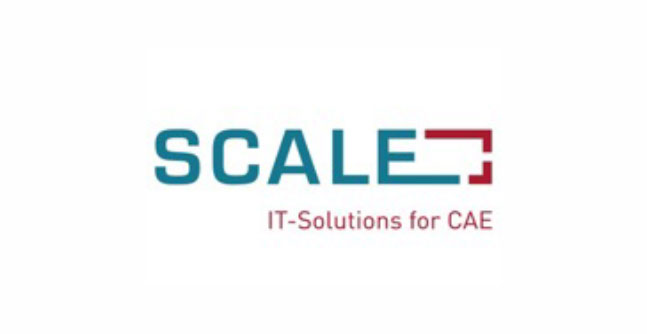
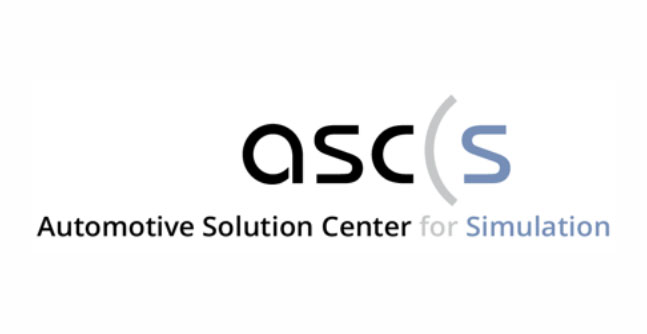
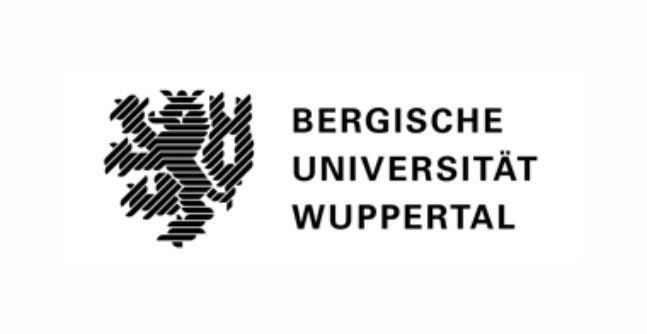
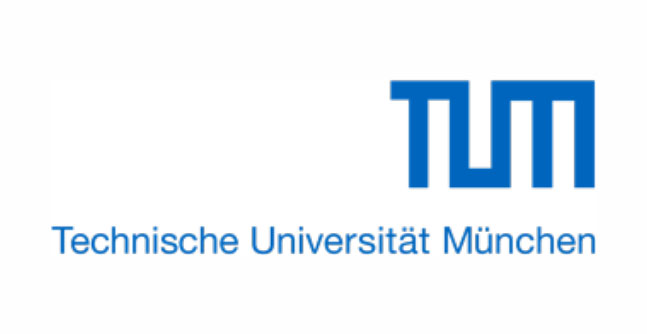
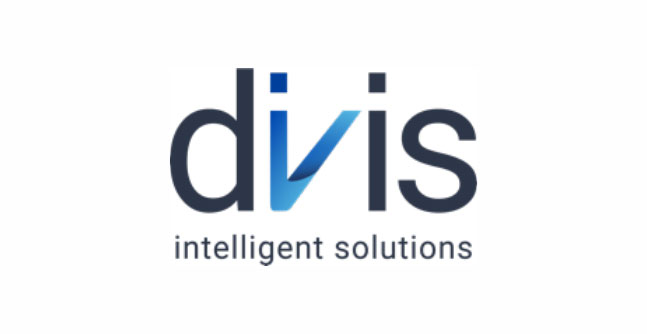
Virtual simulations for vehicle optimization are based on highly detailed finite element models requiring long computing times, showing a clear tendency to become even more complex and expensive. The research and development of innovative software tools, as pursued through the eEgO project, chases a lasting positive impact on the field. By employing physical and mathematical substitute models, the aim is to reduce the calculation times and to allow the use of these models in the vehicle development process. Following the eEgO research project, GNS continued the investigation and development in deep collaboration with the BUW (Bergische Universität Wuppertal) to further pursue the goals and approach the techniques to the end user. A modular solution was conceived to automatically create representative submodels and integrate them into a 2-step optimization loop.
The automated process can be summarized as follows:
- Model behavior and connectivity are evaluated with Animator4 and then reduced with Generator4. Several methods are available to reduce the model to its most significant parts, depending on the later purpose of the model:
– PBS (Performance Based Submodel). Parts being the most influential ones for the evaluated case are kept, as well as the necessary ones to assure a cohesive model.
– CBS (Coordinate Based Submodel). Submodel is limited by user defined coordinates.
– ePBS (Extended PBS). Based on the PBS performance parameters but ensuring no model reductions at a certain area of interest.
Methodical Approach
Structural reduction based on study case (here using int. Energy)
Cohesive model ensured
- Boundary conditions (connections and other physical definitions) between the model to be kept and the deferred model are evaluated. This process determines the locations where new boundary conditions should be defined.
- New boundary conditions are defined to obtain a model that faithfully represents the original one. To this end, 3 different approaches were developed:
– DMA (Displacement Model Approach). It forces a equivalent displacements to the ones form the original model at the interface nodes. With a strongly directed movement, it is suitable for interior and pedestrian safety models.
– KMA (Kinematic Mass Approach). Models the deferred model with a replacement mass. Focused on the kinematic response, it becomes the best approach for crash models.
– RMA (Rigid Model Approach). It is a rigid simplification of the deferred parts. Characterized by its simplicity, it serves academic purposes.
With the employment of substitute models, single and multi-level optimization loops were developed, allowing the engineer to obtain the design optimum in an automized process with the advantage of reduced calculation times.
Publications
- 2022/08 – S. Wielens, L. Benito Cia, A. Schumacher: Using automatically generated submodels in vehicle body crash optimization, International Journal of Crashworthiness, DOI: 10.1080/13588265.2022.2109873
- 2017/06 – D. Falconi, A. Walser, H. Singh, A. Schumacher: Automatic Generation, Validation and Correlation of the Submodels for the Use in the Optimization of Crashworthy Structures, 12th World Congress on Structural and Multidisciplinary Optimization 2017, pp. 1558–1571. DOI: 10.1007/978-3-319-67988-4_117.
- 2017/05 – H. Singh, A. Schumacher, D. Falconi, A. Walser, S. Trentmann, L. Benito Cia, C. Foussette, P. Krause, H. Müllerschön: Hierarchical Multi-Level-Optimization of crashworthy structures using automatic generated submodels, Proceedings of 11th European LS-DYNA Conference, Salzburg, Austria
- 2018/07 - EEGO-Schlussbericht: Entwicklung von Softwaremethoden zur effizienten Ersatzmodell gestützten Optimierung für die Crashauslegung im Fahrzeugentwicklungsprozess

